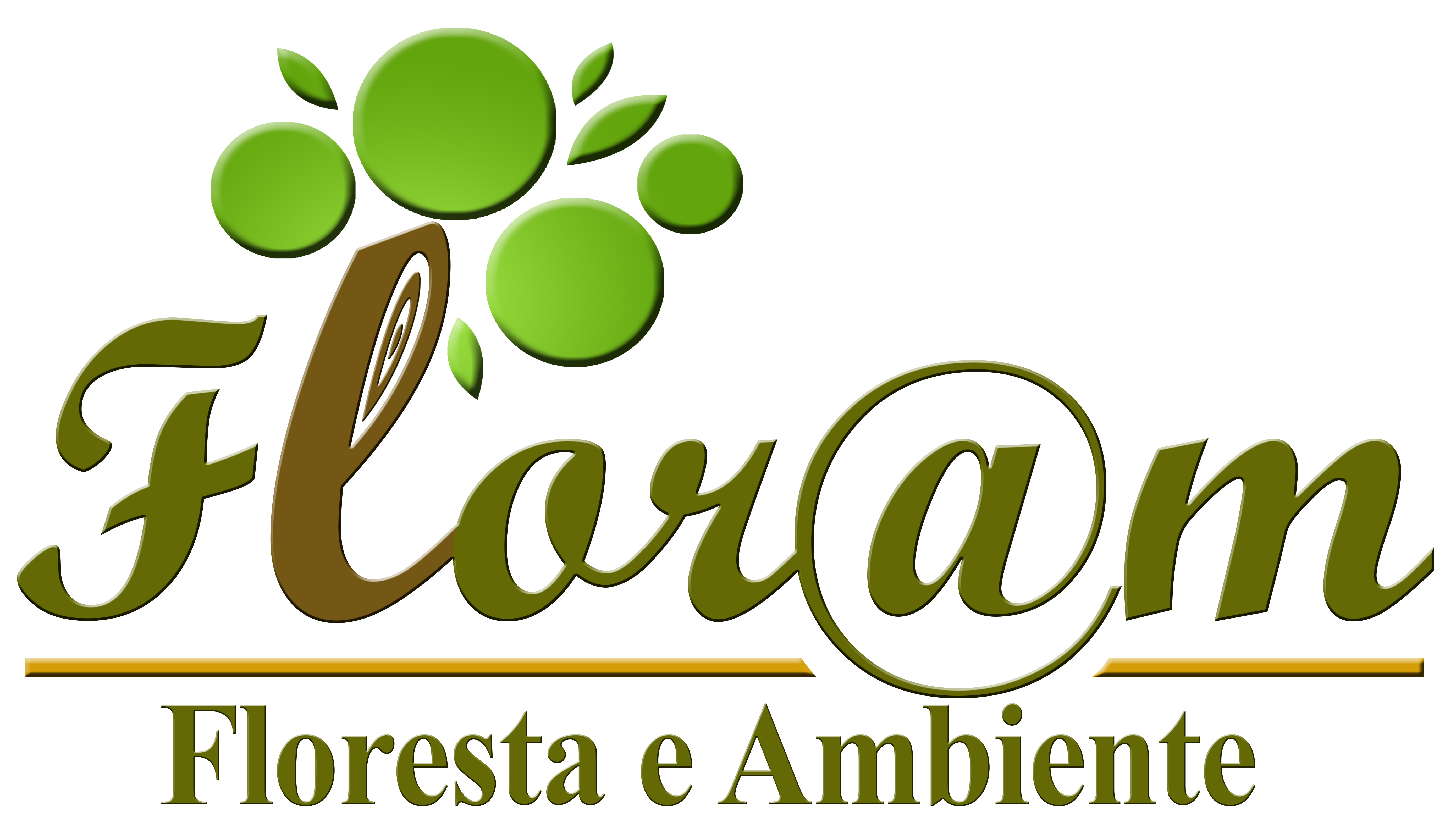Diversity of Arbuscular Mycorrhizal Fungi in an Amazon Environment after Mining
Ana Lucy Caproni; Jose Rodolfo Dantas de Oliveira Granha; Ademir Junior Fornaciari; Camila Pinheiro Nobre; Leticia Pastore Mendonça; Ricardo Luiz Louro Berbara
Abstract
Keywords
References
Błaszkowski J.
Brundrett MC, Abbott LK, Jasper DA. Glomalean mycorrhizal fungi from tropical Australia. I. Comparison of the effectiveness and specificity of different isolation procedures.
Brundrett MC. Mycorrhizal associations and other means of nutrition of vascular plants: understanding the global diversity of host plants by resolving conflicting information and developing reliable means of diagnosis.
Caproni AL, Franco AA, Berbara RL, Trufem SB, Granha JR, Monteiro AB. Ocorrência de fungos micorrízicos arbusculares em áreas reflorestadas remanescentes da mineração de bauxita em Porto Trombetas, PA.
Daniels BA, Skipper HD. Methods for the recovery and quantitative estimation of propagules from soil. In: Schenck NC, editor.
Gerdemann JW, Nicolson TH. Spores of mycorrhizal endogone species extracted from soil by wet-sieving and decanting.
Goto BT, Silva GA, Assis DMA, Silva DKA, Souza RG, Ferreira ACA et al. Intraornatosporaceae (
Hendrix W, Guo BZ, An Z-Q. Divergence of mycorrhizal fungal comunities in crop production systems.
Husband R, Herre EA, Young JP. Temporal variation in the arbuscular mycorrhizal communities colonizing seedling in a tropical forest.
International Culture Collection of (Vesicular) Arbuscular Mycorrhizal Fungi – INVAM.
Jasper DA, Abbott LK, Robson AD. The effect of soil disturbance on vesicular arbuscular mycorrhizal fungi, in soils from different vegetation types.
Landis FC, Gargas A, Givnish TJ. Relationships among arbuscular mycorrhizal fungi, vascular plants and environmental conditions in Oak Savannas.
Melloni R, Siqueira JO, Moreira FMS. Fungos micorrízicos arbusculares em solos de área de mineração de bauxita em reabilitação.
Mergulhão ACES, Burity HA, Goto BT, Maia LC. Diversity of arbuscular mycorrhizal fungi in a gypsum mining impacted semiarid area.
Oehl F, Sieverding E, Palenzuela J, Ineichen K, Alves da Silva G. Advances in
Schenck NC, Perez Y.
Sieverding E, Friedrichsen J, Suden W.
Simpson D, Daft MJ. Spore production and mycorrhizal development in various tropical crop host infected with
Smith SE, Read DJ.
Sousa CS, Menezes RSC, Sampaio EVSB, Lima FS, Maia LC, Oehl F. Arbuscular mycorrhizal fungi in successional stages of Caatinga in the semi-arid region of Brazil.
Tommerup IC. Methods for the study of the population biology of vesicular-arbuscular mycorrhizal fungi. In: Norris JR, Read DJ, Varma AK, editors.
Turrini A, Sbrana C, Strani P, Pezzarossa B, Risaliti R, Giovannetti M. Arbuscular mycorrhizal fungi of a Mediterranean island (Pianosa), whitin a UNESCO Biosphere Reserve.
van der Heijden MGA, Bardgett RD, van Straalen NM. The unseen majority: soil microbes as drivers of plant diversity and productivity in terrestrial ecosystems.
van der Heijden MGA, Martin FM, Selosse M-A, Sanders IA. Mycorrhizal ecology and evolution: the past, the present, and the future.
Zangaro W, Bononi VLR, Trufen SFB. Mycorrhizal dependency, inoculum potential and habitat preference of native woody species in south Brazil.

